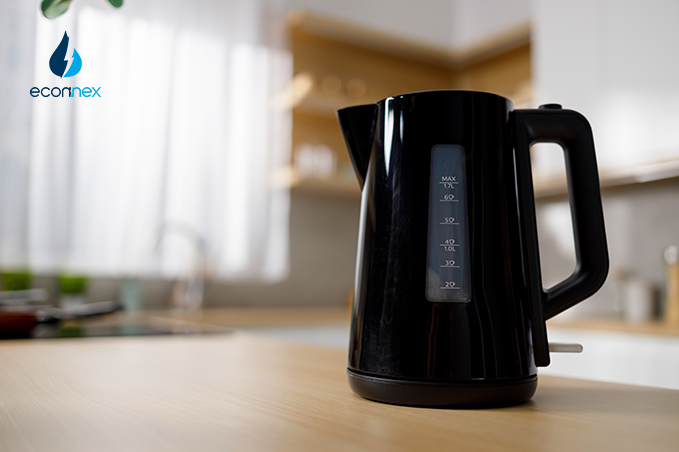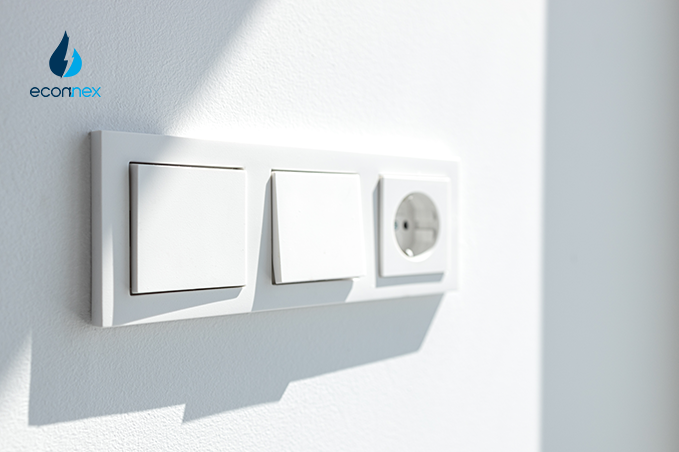Save Energy On Your Kettle

Published on 10/09/2023
By Yashika Jain
Energy Comparison
Cuppa time? Think about the number of times you have boiled water for your “wake up” coffee or tea. When thinking about energy savings at home, do you pay attention to little appliances like the kettle?
This might be a surprise because using it several times a day adds up to some serious kilowatts over a year to your electricity bill. Don’t let this tiny appliance rack up your budget. Know better.
Between 3500 and 2000 B.C., the earliest recognized kettle-shaped vessel which was originally used for cooking was discovered in Mesopotamia. To quench the thirst of British tea drinkers and an electric kettle was discovered in the late 19th Century. This electric kettle has a built-in heating element, encased in a metal tube that was housed in the water chamber of the kettle. A few years later around early 1950, Russell Hobbs created the first automatic electric kettle which featured a cool-touch handle and lid to prevent burning one’s hands.
A metal coil is inside every kettle. Whenever electrical energy travels through the coil it turns into heat and warms the cold water inside.
It cost between 4 to 5 cents each time you boil water using an electric kettle. It also depends on the size of the kettle and your electricity rate. Most commercial kettles range from 1.5 L to 1.8 L, the larger size intuitively consumes more electricity.
When it comes to boiling water, kettles are already 50% more efficient than stovetops but you can save even more by doing these things.
So, are you filling your kettle less for your next cuppa? If you are keen to find out more about saving money by reducing your energy usage.



